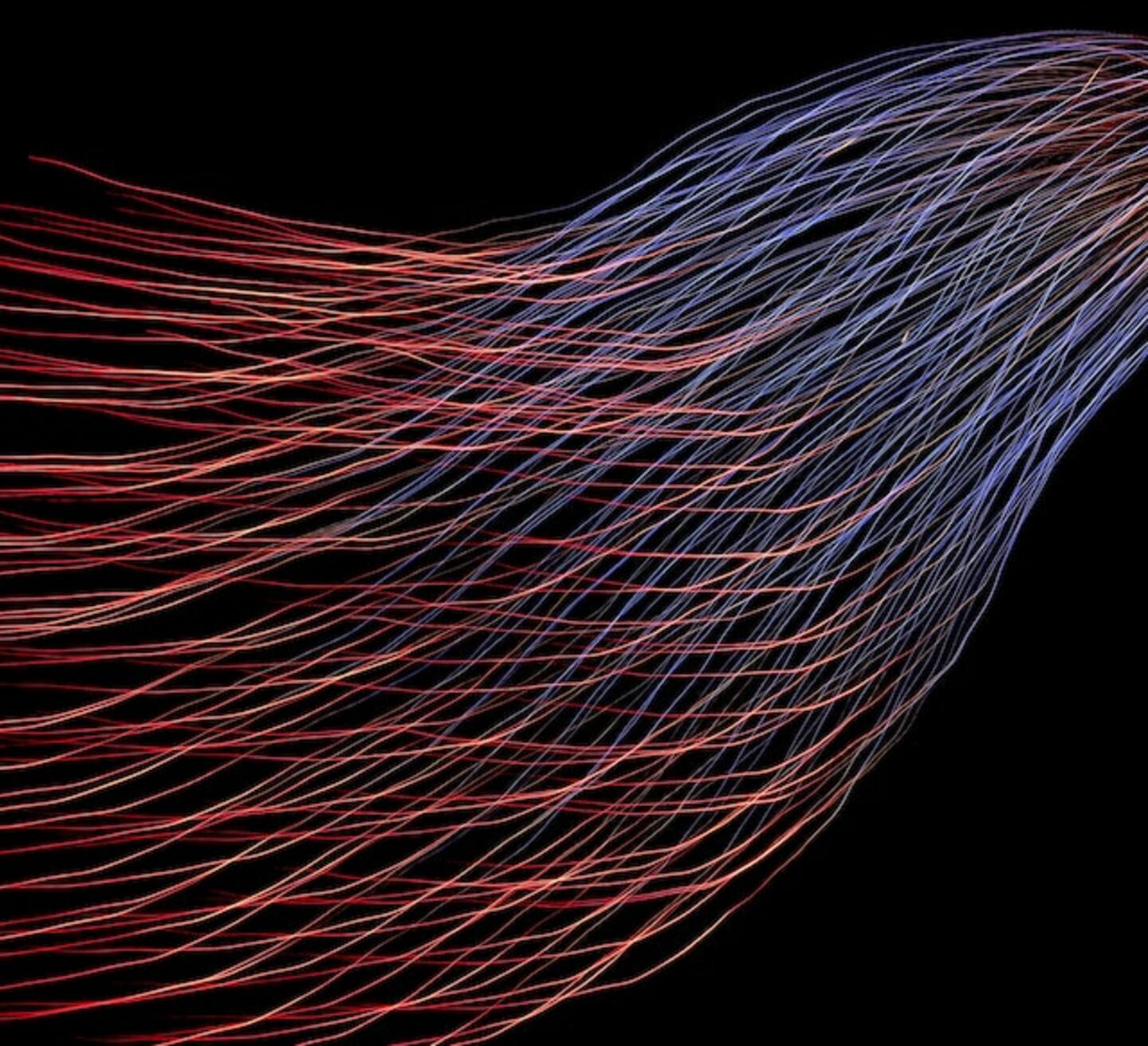- About the Tutorial:
An overview of where Artificial Intelligence (AI) research is today, with Dr. Melanie Mitchell. Participants will learn about the predictions for AI, past and present, and see where and why the reality is falling somewhat short. Participants will be introduced to current approaches in machine learning and what is missing for AIs to become "intelligent". Dr. Mitchell presented the lectures in this module in Fall 2019 and Spring 2020.
Dr. Mitchell is preparing a full-length course on AI, based on her book Artificial Intelligence: A guide for thinking humans.
- About the Instructor(s):
Melanie Mitchell is the Davis Professor of Complexity at the Santa Fe Institute, and Professor of Computer Science (currently on leave) at Portland State University. Her current research focuses on conceptual abstraction, analogy-making, and visual recognition in artificial intelligence systems.
Dr. Mitchell is the author or editor of six books and numerous scholarly papers in the fields of artificial intelligence, cognitive science, and complex systems. Her book Complexity: A Guided Tour (Oxford University Press) won the 2010 Phi Beta Kappa Science Book Award and was named by Amazon.com as one of the ten best science books of 2009. Her latest book is Artificial Intelligence: A Guide for Thinking Humans (Farrar, Straus, and Giroux).
Dr. Mitchell originated the Santa Fe Institute's Complexity Explorer platform, which offers online courses and other educational resources related to the field of complex systems. Her online course “Introduction to Complexity” has been taken by over 25,000 students, and is one of Course Central’s “top fifty online courses of all time”.
- How to use Complexity Explorer:
- How to use Complexity Explorer
- Enrolled students:
-
1,306
- Prerequisites:
- Like this tutorial?
- Donate to help fund more like it
- Twitter link
Syllabus
- Introduction
- Lectures
- Background & Terminology
- Discussion

